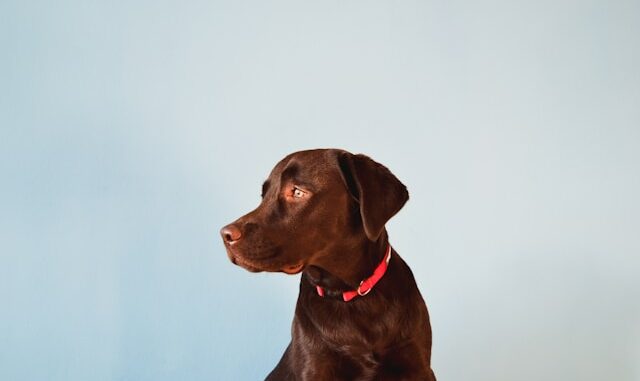
The Dog Owners’ Liability Act (DOLA) in Ontario enforces strict liability on dog owners. This means owners are financially responsible for injuries caused by their dog’s bite or attack, regardless of breed or prior behavior. While this might sound absolute, the DOLA does recognize a few limited exceptions, with provocation being one of the most complex. This article explores the intricacies of proving provocation as a defense against a dog attack claim in Ontario.
The Burden of Proof: Upholding Strict Liability
The DOLA establishes a system of strict liability, meaning the onus lies with the dog owner to establish a defense. Here’s what the owner needs to disprove:
- Ownership: The owner must not have been the person in “care and control” of the dog at the moment of the attack.
- Attack: The owner can argue that there wasn’t an attack, but rather a non-injurious interaction.
Provocation as a Defense: A Narrow Path
The DOLA offers a defense if the injured person provoked the dog in a way that would have caused a reasonable dog to attack. This defense hinges on proving two key elements:
- The Injured Person’s Actions: The owner needs to demonstrate that the injured person engaged in intentional behavior that provoked the dog’s aggressive response.
- Severity and Nature of Provocation: The provocation must be sufficiently severe and unreasonable to incite an attack from a well-behaved dog.
The Challenge of Proving Provocation: The Art of Storytelling
Building a strong case for provocation requires a compelling narrative. Here’s what dog owners can do to strengthen their defense:
- Witness Statements: Statements from bystanders who witnessed the incident and can corroborate the provocative actions of the injured person hold significant weight.
- Security Camera Footage: If security cameras captured the encounter, footage showing the injured person’s actions leading up to the attack can be crucial evidence.
- Expert Testimony: A qualified animal behaviorist can provide expert opinion on whether the injured person’s actions constituted reasonable provocation for the dog’s breed and temperament.
Beyond Physical Evidence: Understanding the Nuances of Provocation
Proving provocation goes beyond just presenting evidence of the injured person’s actions. Here are some legal complexities to consider:
- The “Reasonable Dog” Standard: The provocation must be judged against the behavior of a reasonable dog, not necessarily the specific dog in question. An overly fearful dog might react aggressively to a minor provocation, weakening the defense.
- Degree of Provocation: Teasing, poking, or threatening a dog would likely qualify as provocation, while simply walking by a barking dog on a leash probably wouldn’t. The severity of the provocation needs to be proportional to the severity of the attack.
- Prior Knowledge of Aggressive Tendencies: If the owner knew their dog had a history of aggression triggered by specific actions, the burden of managing the dog becomes higher. The defense might be weakened if the owner failed to take steps to prevent the provocation (e.g., keeping the dog leashed and muzzled).
Consulting a Lawyer: Navigating the Legal Landscape
Dog attack cases with a provocation defense can be complex. A lawyer experienced in dog bite laws can assess the specific circumstances of your situation, advise you on the most appropriate defense strategy, and guide you through the legal process. They can help you navigate legal nuances and determine the strength of your provocation defense.
Beyond Legal Battles: Prioritizing Responsible Dog Ownership
While legal defenses can provide some protection, responsible dog ownership is the ultimate deterrent to dog attacks. Here are some key points to remember:
- Proper Training and Socialization: Invest in obedience training and socialization for your dog to equip them with the skills to navigate situations calmly and respond to commands effectively.
- Understanding Your Dog’s Body Language: Learn to recognize your dog’s stress signals so you can de-escalate situations before they turn into altercations.
- Leash Laws: Always leash your dog in public spaces, using a leash appropriate for the size and strength of the dog.
- Managing Known Triggers: If you know your dog has specific triggers for aggression, take steps to manage those triggers when out in public (e.g., avoiding crowded areas or keeping the dog muzzled).
Facing a Dog Attack Lawsuit? Understanding your options empowers you to build a defense strategy. However, preventing dog attacks through responsible ownership and proactive measures is the ultimate goal. By creating a well-trained, socialized dog with responsible handling, you can keep your furry friend safe and ensure a harmonious relationship with your community.
